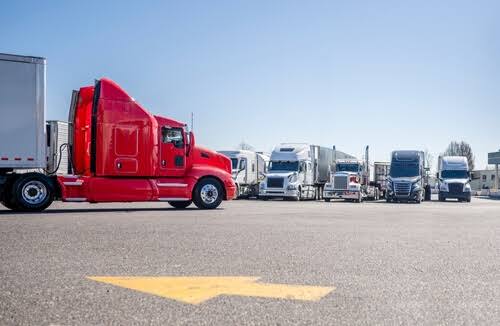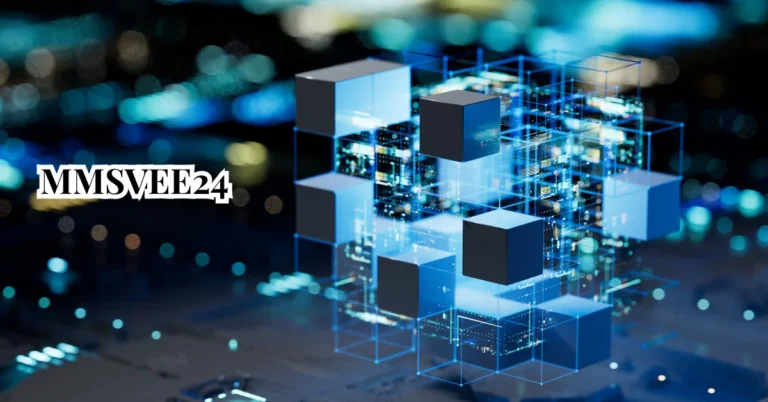The Dynamics of Interstate and Intrastate Trucking
Intro to Trucking
The trucking industry is an essential pillar of the global supply chain. It’s a sector that moves over 70% of the goods in America alone, ensuring that everything from groceries to electronics is available to consumers whenever needed. Trucks are the lifelines that connect businesses to customers, enabling industrial growth and economic expansion. The ability of trucking to link rural suppliers to urban consumers fosters broader commercial interconnections, vital for the prosperity of both manufacturers and retailers. Moreover, relying on trucks to deliver raw materials to factories is just as crucial as transporting finished goods to retail stores.
These differences influence logistics strategies, operational efficiency, and cost calculations, thus impacting how businesses decide their distribution methods. A company focusing on intrastate regions might utilize a more localized approach, while those expanding interstate require broader logistical frameworks. Such distinctions help industries tailor their plan to meet market demands, ensuring timely delivery and enhanced customer satisfaction.
Interstate vs. Intrastate Trucking
Interstate trucking embarks on journeys that cross state boundaries, a venture governed by a set of federal regulations that ensure uniform standards across the nation. Intrastate trucking, in contrast, navigates within state borders, aligning with state-specific rules aimed at addressing local logistics demands. This distinction is fundamental; it affects regulatory compliance, operational logistics, expense management, and route planning. Understanding these nuances can save businesses money and time by aligning their operations accordingly, mitigating unnecessary penalties or detours. This complex supply network demands a deep understanding of interstate versus intrastate trucking.
Different needs arise based on geographical scopes. While interstate trucking might cater to longer hauls and expansive markets, intrastate operations involve time-sensitive deliveries and niche markets. These strategic choices often influence how a company positions itself within the market, potentially shaping its competitive edge. Furthermore, understanding these unique challenges and opportunities allows companies to innovate their approaches, leveraging data analytics and strategic forecasting to stay ahead in this dynamic field.
Navigating the Regulatory Landscape
Understanding regulatory issues is just as crucial for truckers as knowing how to maneuver a rig. Interstate operations are monitored by entities like the Federal Motor Carrier Safety Administration (FMCSA), which ensures adherence to federal safety standards regarding vehicle conditions, driver qualifications, and service hours. Compliance with these rules safeguards infrastructure and public safety and maintains the integrity of nationwide commerce. For instance, keeping logbooks and adhering to weight restrictions help preserve roadways and enhance protection for all motorists.
On the flip side, intrastate trucking navigates regulations crafted to address the specific needs of each state. These include varying licensing requirements, insurance mandates, and city ordinances. The complexity increases when businesses operate in cities with dense traffic or varying legal stipulations like emission controls. Staying knowledgeable about these can mean the difference between efficient operations and costly legal hurdles. Continuous education and training for drivers is essential to keep them updated on evolving regulations, minimize risks, and enhance compliance.
Costs and Logistics
In trucking, managing costs is crucial because even minor adjustments can significantly impact the bottom line. Fuel expenses typically comprise one of the most significant portions of a trucking company’s budget. Factors like route lengths and fuel efficiency can make an enormous difference. While interstate routes might face extended time on the road, which increases consumption, intrastate routes often deal with stop-and-go traffic, which impacts fuel efficiency. Additionally, regular vehicle maintenance minimizes breakdowns and ensures the fleet runs smoothly.
- Fuel and maintenance expenses are directly linked to vehicle efficiency and distances traveled. Efficient fuel management and cost-effective maintenance schedules are essential to curtail unnecessary expenditures.
- Tolls and highway fees add another layer of cost to long-distance interstate trucking, while urban settings for intrastate require navigating local fees. Strategic route planning can help in minimizing these additional charges.
- Licensing and permits vary significantly between states, affecting costs differently based on the scope of operation. Companies must keep abreast of these changes to avoid unforeseen cost escalations.
Ultimately, logistics experts come into play, optimizing routes and managing inventories to balance speed and cost, aiming for efficient, smooth operations that enhance profitability. Embracing advanced logistics software tools can improve decision-making, promoting a more dynamic and responsive supply chain.
Impact on the Industry
The trucking industry’s impact reverberates throughout the economy, underlining its indispensable role. With over 3.5 million truck drivers in the U.S. alone, the field creates job opportunities and fosters economic growth. According to the American Trucking Association, trucks move roughly 10.5 billion tons of freight annually, something other modes of transport like rail or air cannot accommodate to the same extent due to infrastructure and cost limitations. The sheer volume of goods moved by trucking highlights its critical function in facilitating trade and commerce.
This essential service ensures the stability of modern commerce. A disruption in trucking can ripple through sectors, affecting availability, increasing costs, and ultimately impacting the end consumers and businesses alike. The trucking industry is pivotal in disaster recovery efforts, delivering essential supplies to areas affected by natural or artificial calamities. Furthermore, its responsiveness and flexibility make it indispensable in a rapidly changing global economy, where consumer expectations continue to evolve.
The Role of Technological Advancements
In recent years, technology has significantly redefined the trucking industry. GPS systems help track vehicles in real-time, optimizing routes by avoiding congestion and ensuring timely deliveries. Fleet management software provides an overarching view of operations, enabling better management decisions by visualizing data trends and vehicle performance metrics. This technological intelligence allows companies to reduce downtime, optimize fuel efficiency, and enhance driver productivity.
Furthermore, Internet of Things (IoT) applications have enhanced vehicle safety and maintenance. Real-time alerts for drivers about potential mechanical issues can preempt costly repairs and accidents, ensuring that vehicles remain roadworthy and safe. Automated systems also help keep track of driver hours, promote compliance with rest mandates, and prevent fatigue-related incidents. By leveraging these advanced tools, companies can create safer and more efficient operational environments that benefit drivers and stakeholders alike.
Real-Life Case Studies
Exploring case studies offers valuable perspectives on implementing innovative strategies within the industry. Consider a logistics firm that embraced advanced route optimization software, cutting fuel costs and increasing delivery efficiency. This adaptation allowed them to reduce their carbon footprint and improve profitability. Similar strategies have led companies to report a decline in fuel usage by up to 15%, showcasing the tangible benefits of technology integration.
These cases provide blueprints for other businesses, demonstrating how strategic technological investments can lead to environmental and financial benefits, often sparking industry-wide shifts towards more sustainable practices. By examining success stories, emerging businesses can replicate successful strategies, adapting them to their unique needs and operational goals. This information is crucial for companies aiming to innovate and enhance their market positioning.
Future Trends in Trucking
The trucking sector is poised for transformative changes as it progressively adopts greener and more advanced technologies. Initiatives surrounding the development of electric trucks aim to reduce reliance on fossil fuels, while autonomous driving technologies promise to revolutionize safety and efficiency. These trends are driven by regulatory pressures and a growing consumer demand for sustainable business practices, encouraging further investment in innovative technologies.
These ongoing changes emphatically mark a shift towards sustainability. As businesses adjust to these emergent trends, the prospects for more eco-friendly and cost-effective operations will likely redefine traditional practices, ushering in an era of innovation and sustainability. Companies proactively embracing these advancements will align more closely with environmental goals and position themselves competitively in a rapidly evolving industry. Doing so, they pave the way for a future harmonizing economic growth with environmental stewardship.
Stay in touch to get more news & updates on Veri Fiedzine!






